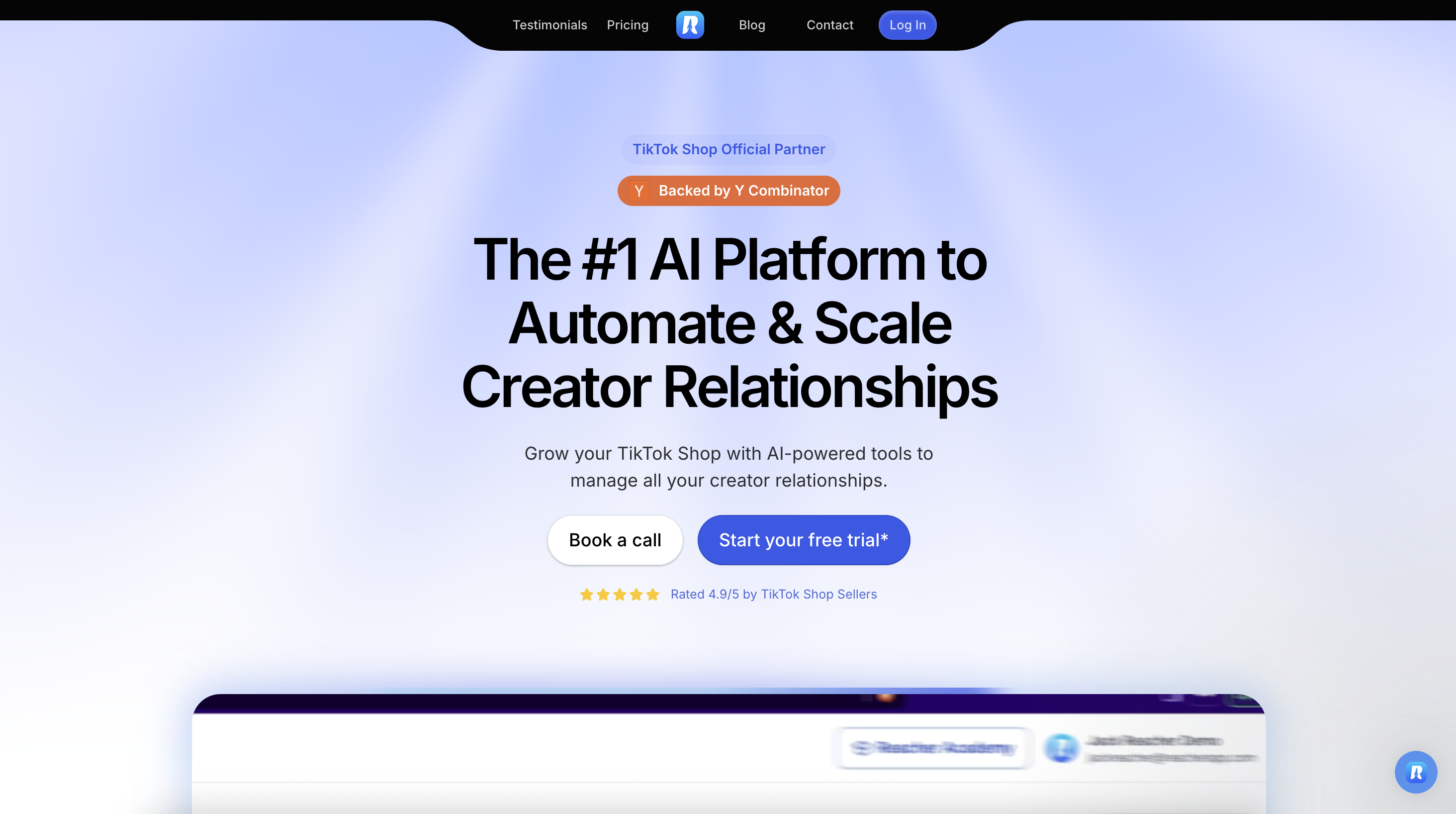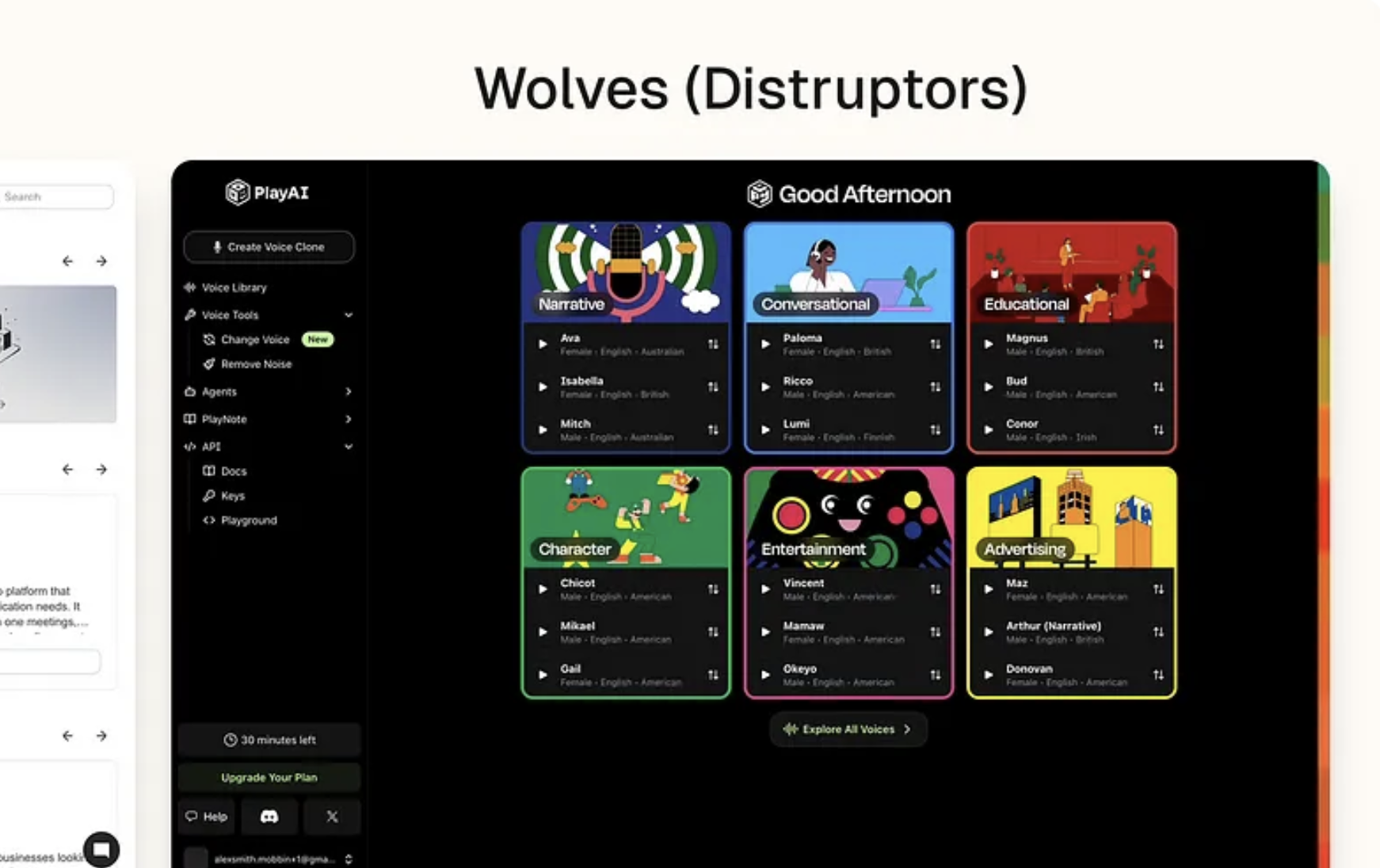We’ve seen this story play out more times than we can count. Leadership gets starry-eyed about design systems after seeing Shopify’s Polaris or Atlassian’s documentation. They imagine their own beautifully organized component library, complete with perfect spacing tokens and color palettes that would make a Swiss designer weep.
Six months and $200K later, their developers are still building everything from scratch.
Sound familiar?
The Great Design System Con
Here’s what usually happens: A company decides they need a design system. They hire a team, invest in tools, spend months creating the most gorgeous Figma library you’ve ever seen. Leadership presents it in an all-hands meeting. Everyone claps.
Then… nothing.
The harsh reality:
- Developers ignore the components completely
- New features get built with one-off styles
- The design system becomes a beautiful monument to wasted potential
- Six months later, the “system” looks nothing like the actual product
We’ve audited design systems at companies that spent $150K-300K building elaborate component libraries that had a developer adoption rate of approximately zero percent.
Why Fancy Components Don’t Equal Systems
The problem isn’t the quality of the components. It’s that most companies build libraries, not systems.
A component library is:
- A collection of pretty UI elements
- Documentation that lives in isolation
- Something designers love and developers tolerate
- A nice-to-have that gets abandoned under pressure
A design system is:
- A set of tools that solve real development problems
- Governance that keeps things consistent without being annoying
- Documentation that developers actually want to use
- An essential part of the development workflow
The difference? One lives in Figma presentations. The other lives in your codebase.
The Four Pillars of Systems That Actually Work
After watching countless design systems succeed and fail, we’ve identified what separates the winners from the $200K paperweights:
1. Clear Governance (Someone Actually Owns This Thing)
Most design systems fail because nobody’s really responsible for them. They’re treated like a side project that everyone contributes to but nobody maintains.
What actually works:
- One person (or small team) owns the system
- Clear processes for adding/changing components
- Regular reviews to keep things current
- Authority to say “no” when needed
Red flag: Your design system meeting has 12 people and nobody can make decisions.
2. Documentation That Doesn’t Make People Want to Die
We’ve seen design system docs that read like technical manuals written by robots. “The primary button component utilizes semantic color tokens to ensure accessibility compliance across all breakpoints…”
Stop. Just stop.
Good documentation answers:
- How do I use this thing?
- When should I use it (and when shouldn’t I)?
- What happens if I need something different?
- Where do I go if this breaks?
Great documentation shows:
- Live code examples
- Common use cases
- What NOT to do
- How to contribute back
3. Integration with Real Development Workflows
This is where most systems die. They’re built in isolation from how developers actually work. The components look great in Storybook but integrating them into the real product requires three Slack conversations and a sacrifice to the CSS gods.
Systems that work:
- Components are published as actual packages
- They integrate with your existing tech stack
- Updates don’t break everything
- They’re faster to use than building from scratch
Systems that don’t:
- Require copying and pasting code from docs
- Need constant customization to work
- Break with every framework update
- Take longer to implement than custom solutions
4. Resources to Actually Maintain the Thing
Here’s the part nobody talks about: Design systems are living things. They need feeding, care, and occasional pruning. Too many companies build a system, declare victory, and then wonder why it becomes irrelevant within a year.
Maintenance includes:
- Updating components when design patterns evolve
- Adding new components when teams need them
- Fixing bugs (yes, design systems have bugs)
- Keeping documentation current
- Evangelizing adoption across teams
The Real Cost of Fake Systems
When design systems fail, the cost isn’t just the money spent building them. It’s everything that comes after:
Technical debt compounds: Every developer builds their own solution, creating an inconsistent mess that’s impossible to maintain.
Design diverges: Without shared components, your product starts looking like it was designed by committee (because it was).
Development slows down: Teams spend time recreating the same components instead of building features.
User experience suffers: Inconsistent interactions confuse users and hurt conversion rates.
We’ve seen companies spend $300K on a failed design system, then spend another $500K over two years dealing with the inconsistency that followed.
What Success Actually Looks Like
The most successful design systems we’ve encountered aren’t necessarily the prettiest. They’re the ones developers reach for first because they solve real problems and save time.
Successful system characteristics:
- 80%+ developer adoption within six months
- New features ship faster because basic components are handled
- Consistent user experience across all products
- Design updates propagate automatically through the system
- Teams fight to contribute components, not avoid using them
Case study snippet: One client reduced their feature development time by 40% after implementing a proper design system. Not because the components were amazing, but because developers stopped rebuilding basic UI elements from scratch.
The Hard Truth About Building Systems
Most companies aren’t ready for a design system. They think they are, but they’re not.
You’re ready when:
- You have multiple products/features with shared patterns
- You have dedicated resources for maintenance
- Leadership actually understands what they’re buying
- You’re willing to enforce standards (even when it’s inconvenient)
You’re not ready when:
- You think a design system will magically solve all your design problems
- You expect it to be “done” after the initial build
- You’re not willing to change how your teams work
- You’re building it because competitors have one
A Better Approach
Instead of building a massive system from day one, start with the problems you actually have:
Start small: Build 3–5 components that your teams use constantly
Prove value: Show that using the system is faster than not using it
Iterate based on usage: Add components when teams ask for them, not when they look cool
Invest in adoption: Spend as much time on evangelism as on building
The Bottom Line
Design systems aren’t about having pretty components. They’re about having a scalable way to build consistent products faster.
If your developers aren’t using your design system, you don’t have a system problem. You have a strategy problem.
The companies that get this right don’t just save money. They ship better products faster and build experiences that users actually love.
The ones that don’t? Well, they keep funding beautiful monuments to unused components.
Ready to build a design system that developers actually want to use? Let’s talk about creating systems that solve real problems instead of just looking good in presentations. Because honestly, your development team deserves better than another library they’ll ignore.
All the benefits of a seasoned product team, without the cost of hiring one.











